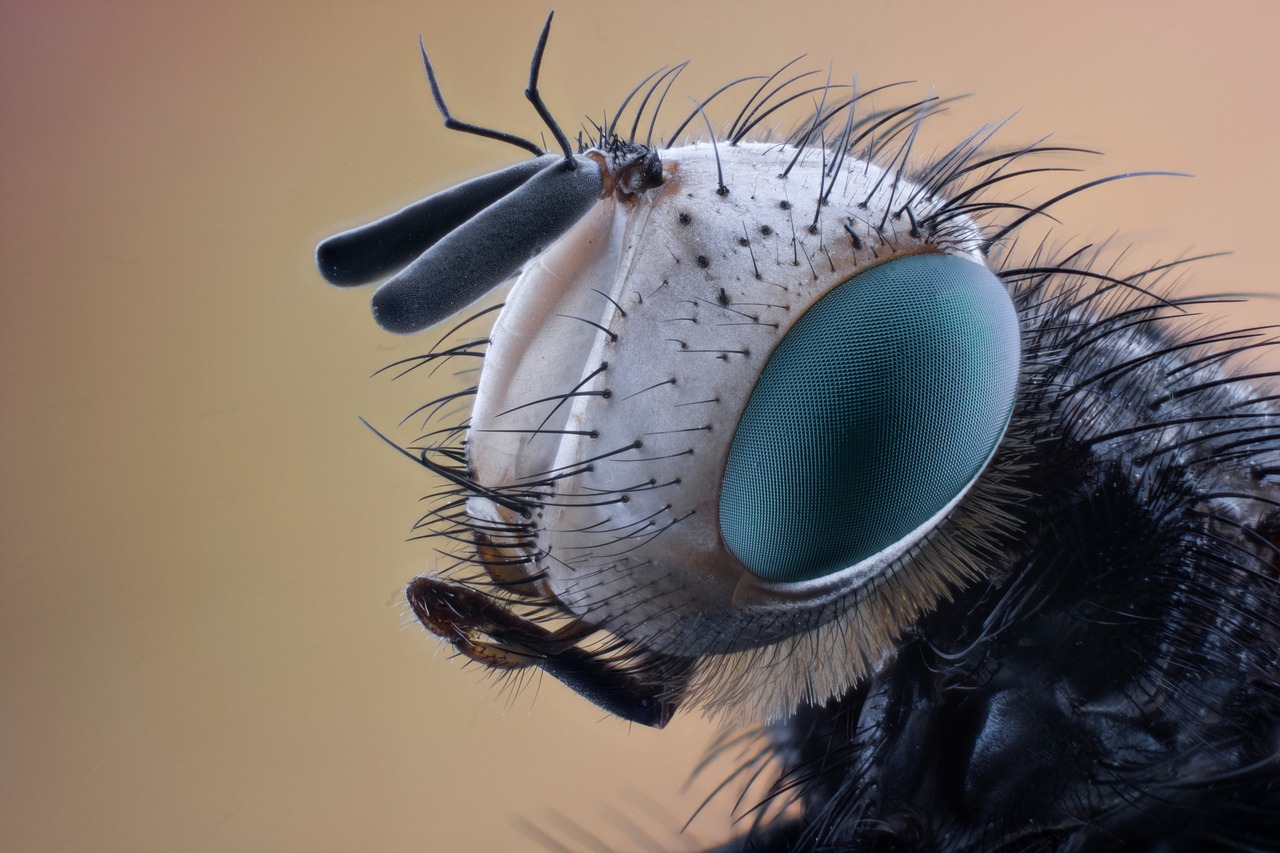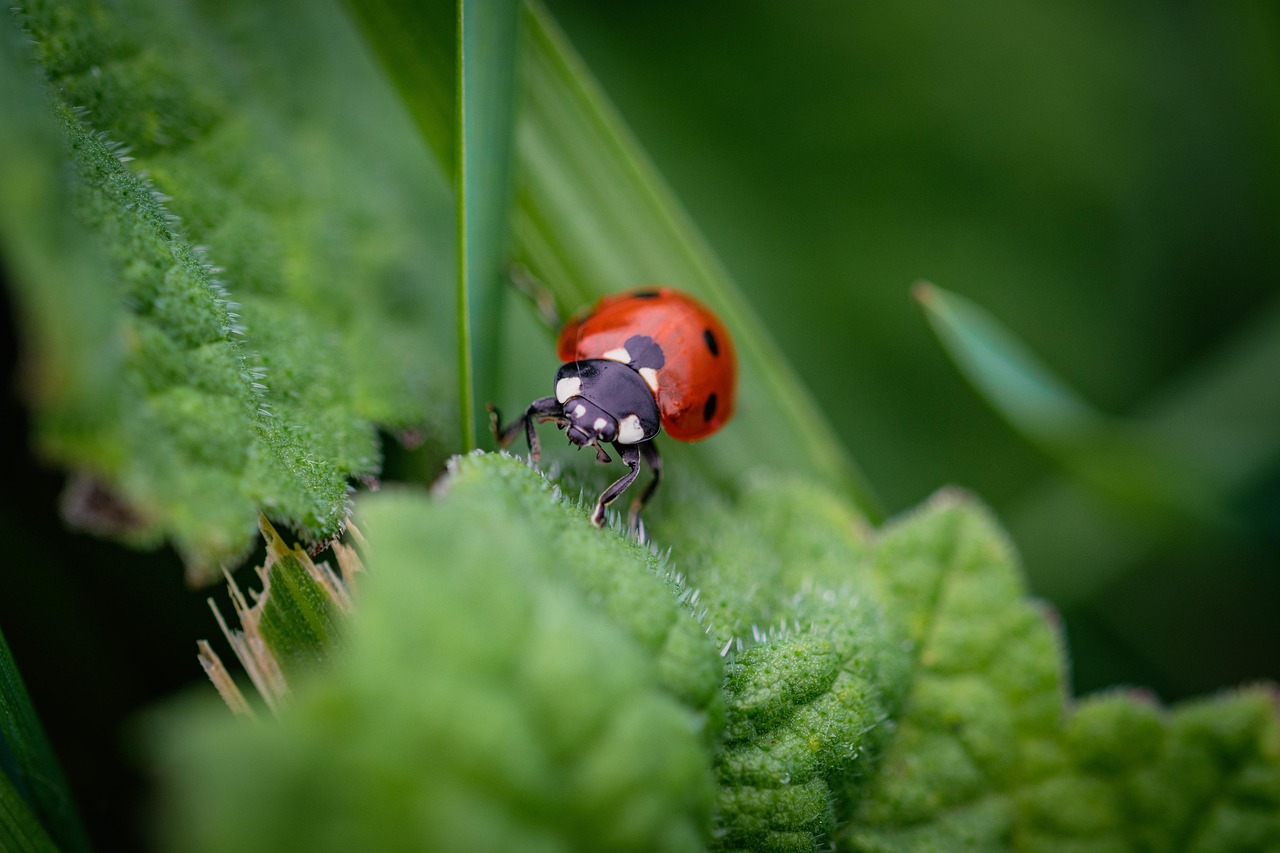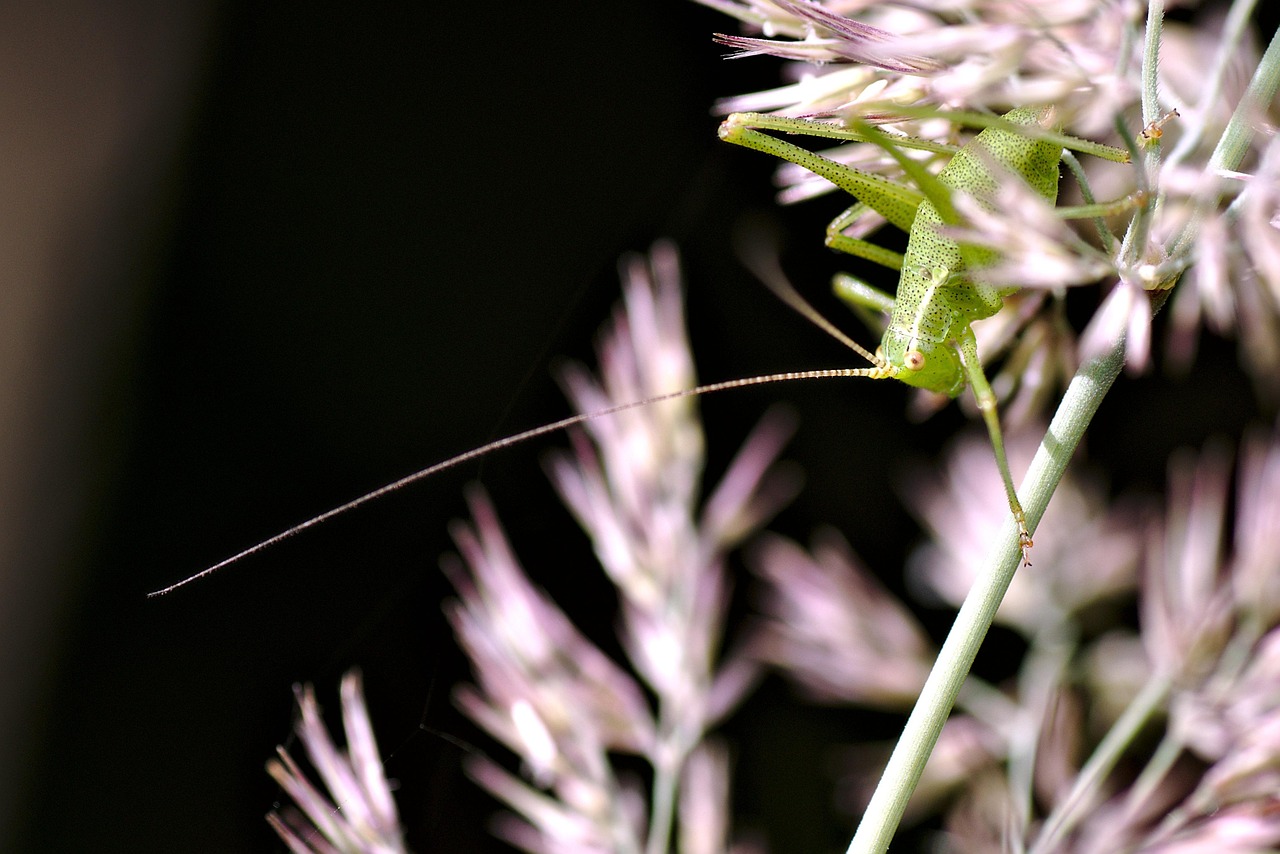Have you noticed small black bugs invading your home? These uninvited guests can appear seemingly out of nowhere, causing concern and frustration. Understanding what these pests are is essential for effective control and prevention. This article will delve into identifying these small black bugs and provide the information you need to tackle the problem head-on.
Small black bugs can vary greatly in species, habits, and the potential damage they may cause. Some might be harmless, while others could pose risks to your property or health. Many homeowners find themselves puzzled by these tiny intruders. Knowing the characteristics of each type can help in determining the best course of action.

Commonly, small black bugs include ants, beetles, and certain types of flies. Their presence can signal a larger issue within your home, such as moisture problems or food sources that attract them. In order to effectively manage these pests, it is crucial to identify which species you are dealing with. Below are some key characteristics of common small black bugs found in households:
| Bug Type | Characteristics | Potential Risks |
|---|---|---|
| Ants | Small, segmented bodies; often seen in lines; may have wings | Can contaminate food; some species bite or sting |
| Carpet Beetles | Round, oval shape; often found on fabrics; larvae are hairy | Can damage clothing and upholstery |
| Fruit Flies | Small, tan or black bodies; attracted to ripe or rotting fruit | Can contaminate food sources |
| Fleas | Small, jumping insects; dark brown to black; often found on pets | Can bite humans and pets; may cause allergic reactions |
Identifying Small Black Bugs
When it comes to identifying small black bugs, observation is key. Look closely at their size, shape, and behavior. Taking note of where and when you see these bugs can also provide helpful clues. Most pests have specific environments they thrive in. For instance, if you notice them near food sources, they may be pantry pests or flies.
One effective method for identification is to capture a specimen and examine it under a magnifying glass. This can help you see details that are not visible to the naked eye, such as body structure and leg count. Additionally, consider using online resources or pest identification apps that can help narrow down the possibilities based on your observations.
It’s also important to consider the time of year when identifying these pests. Many insects have seasonal patterns that influence their activity levels. For example, ants tend to be more visible during warmer months while others may seek shelter indoors as temperatures drop.
Common Habitats for Small Black Bugs
Understanding where these small black bugs usually reside can significantly aid in their identification and removal. Many pests prefer specific environments that provide them with food, moisture, and shelter. Below are some common habitats for various small black bugs:
- Kitchens: Ants and fruit flies are often attracted to food remnants.
- Bathrooms: Fleas, due to their proximity to pets, and certain beetles thrive in humid areas.
- Basements: Dark spaces can attract spiders and other pests looking for shelter.
- Pantry Areas: Pantry pests like weevils or grain moths are often found near stored foods.
By recognizing these habitats, you can take proactive measures to eliminate potential food sources or breeding grounds for these pests.
Signs of Infestation

Identifying small black bugs in your home is just the first step. Recognizing the signs of an infestation is crucial for timely intervention. Early detection can prevent a minor issue from escalating into a larger problem. Here are some common signs that may indicate you have a bug invasion:
- Visible Bugs: Spotting small black bugs scurrying around is the most obvious sign. Pay attention to areas where they gather, such as countertops or floors.
- Droppings: Many pests leave behind droppings that can look like tiny black specks. These are often found in areas where they feed or nest.
- Damage to Property: Certain insects, like carpet beetles, can cause damage to fabrics and furniture. Look for holes or frayed edges on clothing and upholstery.
- Food Contamination: If you find small black bugs in your food storage areas, it could indicate an infestation of pantry pests, such as weevils or moths.
- Unusual Odors: Some pests emit a distinct smell. If you notice an unusual odor in your home, it might be worth investigating further.
Common Small Black Bugs and How to Identify Them

Understanding the specific types of small black bugs that may invade your home will help you implement the right control methods. Below are some of the most common small black bugs, along with their distinguishing features:
Ants
Ants are social insects that often travel in trails. They come in various sizes, but many common household ants are small and black. They may have wings during certain seasons, which can complicate identification.
- Carpenter Ants: These are larger and may be mistaken for termites. They can cause structural damage to wood.
- Pavement Ants: Typically found outdoors, they often invade homes in search of food.
Carpet Beetles
Carpet beetles are oval-shaped and can appear as small black dots. Adult beetles often feed on natural fibers, while larvae may be hairy and can cause significant damage to fabrics.
Fleas
Fleas are small, dark brown to black jumping insects commonly found on pets. They can also bite humans, leaving itchy welts. Their eggs are tiny and often fall off pets onto carpets or bedding.
Fruit Flies
Fruit flies are small, with a tan or black body and prominent red eyes. They are attracted to overripe or rotting fruits and vegetables. They reproduce quickly, making it essential to address any sightings immediately.
Effective Control Methods
Once you’ve identified the type of small black bugs invading your home, it’s time to take action. There are several effective control methods you can use to eliminate these pests:
- Sanitation: Keeping your home clean is one of the most effective ways to prevent infestations. Regularly clean kitchen counters, floors, and pantry areas.
- Sealing Entry Points: Inspect your home for gaps or cracks where bugs can enter. Use caulk or weather stripping to seal these openings.
- Traps: Use traps for specific pests like fruit flies or ants. Sticky traps can help monitor pest activity and reduce numbers.
- Pesticides: If the infestation is severe, consider using insecticides labeled for indoor use. Always follow the manufacturer’s instructions carefully.
In addition to these methods, monitoring for new signs of pests can help you stay ahead of any potential issues. Regular inspections will ensure your home remains bug-free.

Preventing Future Infestations
After successfully identifying and addressing an infestation of small black bugs, it’s essential to implement strategies to prevent future occurrences. Prevention is often more effective and less stressful than dealing with bugs once they invade your space. Here are some effective prevention tips to keep your home bug-free:
Regular Cleaning Routines
Establishing a regular cleaning routine can significantly reduce the chances of attracting pests. Here are some specific areas to focus on:
- Kitchen: Wipe down countertops, clean spills immediately, and store food in airtight containers.
- Pantry: Regularly check for expired items and infestations. Clean shelves and vacuum to remove crumbs and eggs.
- Bathrooms: Keep surfaces dry and free from standing water. This can deter moisture-loving pests like silverfish and fleas.
Proper Food Storage
Improper food storage is one of the leading causes of bug infestations. Follow these tips to ensure your food remains safe from pests:
- Airtight Containers: Store all dry foods, such as grains, cereals, and snacks, in airtight containers to prevent access.
- Refrigeration: Keep perishable items in the refrigerator and regularly check for spoiling produce.
- Regular Inspection: Frequently inspect food items for signs of infestation, especially when bringing groceries home.
Landscaping and Outdoor Maintenance
The area surrounding your home can influence pest activity inside. Proper landscaping can make a significant difference. Consider the following outdoor maintenance tips:
- Trim Vegetation: Keep bushes and shrubs trimmed back from the house. This minimizes shelter for bugs and reduces access points.
- Remove Debris: Regularly clear away leaves, wood piles, and other debris that can serve as a habitat for bugs.
- Drainage: Ensure that rainwater drains away from your foundation to prevent moisture buildup that attracts pests.
Monitoring and Maintenance
Being vigilant about monitoring your home for early signs of pests can save you time and money. Here are effective ways to stay ahead:
- Pest Audits: Conduct regular checks in all areas of the home, focusing on common pest hotspots such as kitchens, bathrooms, and basements.
- Use Traps: Place traps in areas where you’ve previously spotted bugs. This will help you monitor for any returning pests.
- Professional Inspections: Consider scheduling regular inspections with a pest control professional to catch problems before they escalate.
Natural Remedies for Pest Control
If you prefer using natural methods over chemical pesticides, there are several options available. These remedies can be effective in deterring small black bugs without harsh chemicals:
- Essential Oils: Certain essential oils, like peppermint or lavender, can repel various insects. Mix with water in a spray bottle and apply around entry points.
- Boric Acid: A natural insecticide that is effective against ants and cockroaches when used properly.
- Diatomaceous Earth: This natural powder can be sprinkled in areas where bugs are present. It dehydrates insects upon contact.
By implementing these preventive measures, you can create an environment that is less inviting to small black bugs, ensuring your home remains a comfortable place free from infestations.
Additional Resources for Pest Management
As you work to identify and manage small black bugs in your home, utilizing additional resources can be invaluable. There are many tools and references available that can enhance your understanding and ability to combat these pests effectively:
- Pest Control Guides: Many agricultural extensions and university websites provide comprehensive guides on identifying and managing household pests.
- Mobile Apps: Several apps allow users to identify insects by uploading photos. These can be helpful in determining the species you’re dealing with.
- Online Forums: Engaging in online communities dedicated to pest control can provide insights and personal experiences from other homeowners.
- Local Pest Control Services: Consulting with local exterminators can help you understand the specific pests common in your area and their behavior.
Understanding the Life Cycle of Pests
To effectively manage pests, it helps to understand their life cycle. Many small black bugs undergo different stages of growth, which can influence your control strategies:
- Egg Stage: Many insects start as eggs, which may be hidden in various areas around your home.
- Larval Stage: This stage is often when the bugs cause the most damage. For example, carpet beetle larvae can ruin fabrics.
- Pupal Stage: During this stage, insects undergo transformation. Understanding this can help in timing your pest control efforts.
- Adult Stage: Adults are generally easier to spot. Knowing when they are most active can aid in monitoring and prevention.
By recognizing these life stages, you can target your pest management efforts more effectively, ensuring you disrupt their lifecycle at multiple points.
Final Thoughts
Dealing with small black bugs in your home can be a challenging experience, but knowledge is your best ally. By identifying these pests correctly and understanding their habits, you can implement effective strategies for prevention and control. Regular cleaning, proper food storage, and outdoor maintenance play significant roles in keeping your home bug-free.
Utilizing natural remedies or professional pest control services can further enhance your efforts. Remember, staying vigilant and informed will help you maintain a comfortable living environment. Whether you choose DIY methods or seek professional help, the key is to take action before a minor issue becomes a major infestation.
As you continue to learn about pest management, keep these principles in mind to ensure your home remains a sanctuary, free from unwanted pests. With diligence and the right resources, you can effectively tackle any small black bug invasion that comes your way.
